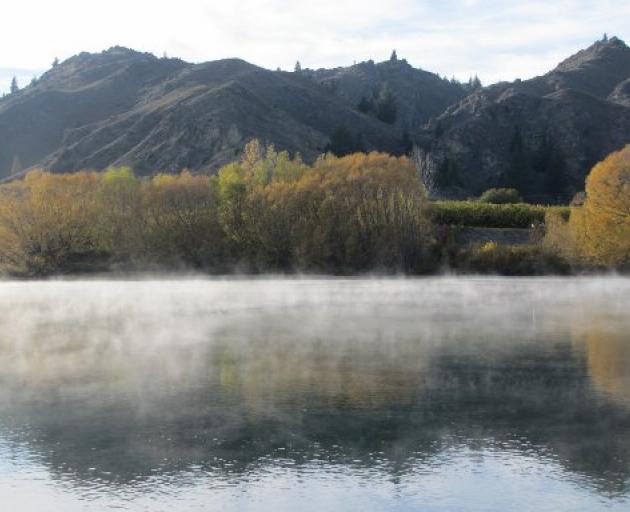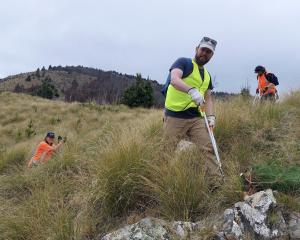
The Otago Regional Council and the Ministry of Primary Industries have teamed up to remind Otago people of the importance of cleaning their equipment between waterways to avoid the spread of unwanted freshwater pests, including the invasive algae didymo.
Council biosecurity team leader Richard Lord said the effort was about continuing to educate waterway users about playing their part in controlling the pests.
"Unwanted freshwater pests such as didymo, lake snow [and lagarosiphon] pose a serious threat to our rivers, streams and lakes. Once in a waterway they can disperse rapidly and destroy the environmental, recreational and aesthetic values of our waterways,'' he said.
"We are asking people moving between waterways to check, clean, dry any equipment that has come into contact with river or lake water. Some freshwater pests, like didymo, are microscopic and can be spread by a single drop of water. Even if you can't see the danger, you could be spreading it.''
The long-running "check, clean, dry'' programme implemented by the council has been reported as having helped slow the spread of water pests.
Programme advocates Brooke Clark and Stephanie Dwyer have been travelling around the district handing out information packs and detergent to anyone and everyone who used the water, from kayakers to fishermen.
Didymo was first discovered in Southland in 2004, having been transferred by an American angler's felt wading boots.
It is now present in many Otago rivers, including the Clutha, as well as over 150 other waterways around the South Island. It is yet to reach the North Island.
Having inspected the water at Hawea River late last week, Mr Lord said the situation there seemed to have improved.
"The didymo doesn't seem to be as bad as previous years, which is good to see. But we can never eliminate or eradicate [it] from a water body, that's for sure,'' he said.
Ms Dwyer said lake snow was the new pest in the region, having spread rapidly in 2016, and people often thought it was didymo.
Lake snow is found in Lakes Wanaka, Hawea, Wakatipu and Moke Lake.












